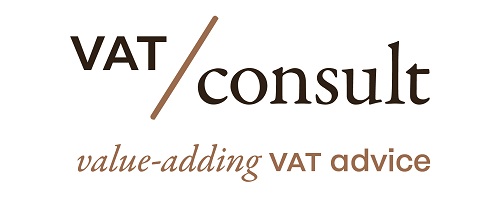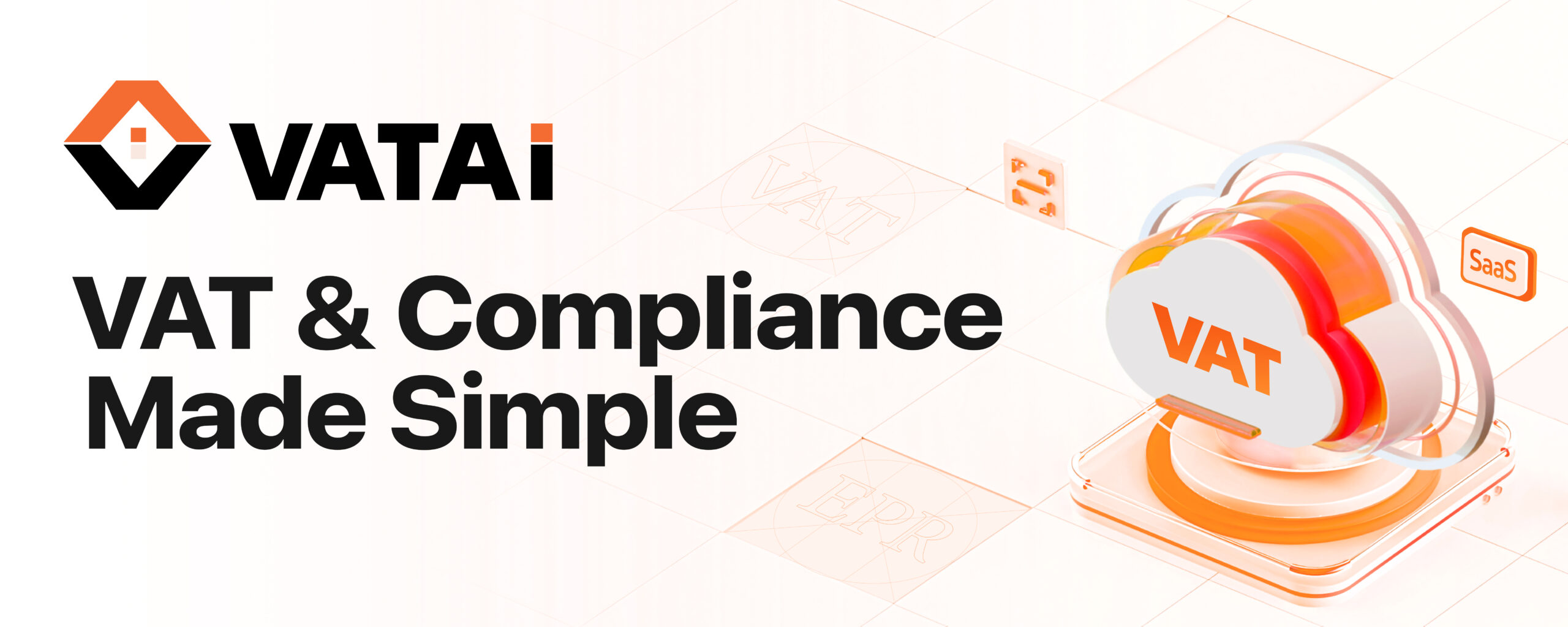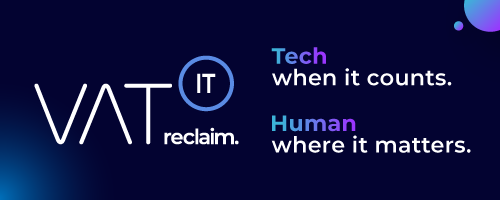The taxpayer buys written-off vehicles from insurance companies and resells them as wrecks or for parts under the VAT margin scheme. An assessment excluded invoices mentioning cars sold for parts or relating to wrecks. The EU legislation defines second-hand goods, including movable tangible property suitable for further use. The margin scheme does not require the same property purchased and sold. The taxable dealer resold the vehicle entirely for parts, and the principles of Sjelle Autogenbrug still applied. The key is to focus on only the parts suitable for further use to determine if a vehicle may benefit from the margin scheme. Vehicles sold simply to be scrapped or transformed into another object are not in the scheme. Objective factors include the presentation and state of the vehicles, subject matter of the contract, price, method of charging, and economic activity of the purchaser.
Source KPMG
See also
- Summary of ECJ C-365/22: Definitively end-of-life motor vehicles acquired by an undertaking and intended to be sold “for parts” without removing any parts are considered second-hand good
- ECJ C-365/22 (Belgian State) – Judgment – Purchase of end-of life motor vehicles which are intended to be sold ‘for parts’ constitute second-hand goods















